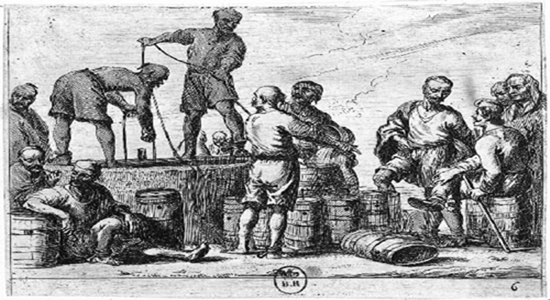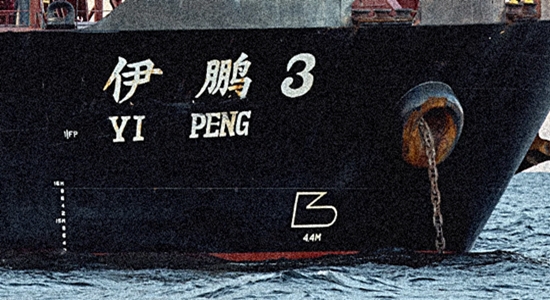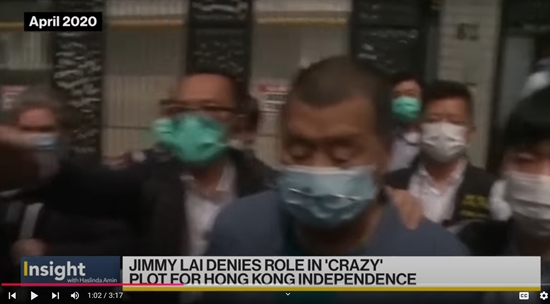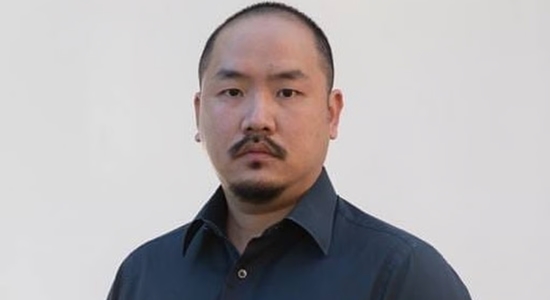
They say that forced labor gives Chinese products competitive pricing.
What is forced labor, exactly? The U.N.’s International Labor Organization (ILO) names these indicators: “abuse of vulnerability, deception, restriction of movement, isolation, physical and sexual violence, intimidation and threats, retention of identity documents, withholding of wages, debt bondage, abusive working and living conditions, excessive overtime.” These obviously pertain to commercial perpetrators. But might the worst abuses be perpetrated by a certain totalitarian state?
Adrian Zenz, “a scholar at the U.S.-based Victims of Communism Memorial Foundation,” says that the ILO definition is “insufficient in tackling the issue. His research shows that the use of ILO indicators ‘largely fails’ ” when evaluating labor coerced by the state. If the European Union relies on ILO indicators and other work to evaluate forced labor policies, which it does, this can be a problem.
Legacy of Mao
In 1949 Mao introduced corvée labor for every Chinese citizen. And in 1957, the regime opened a whole new paradigm with its “reeducation through labor” to compel work from those imprisoned. If compulsory labor is generally condemned, prison labor (and concentration-camp labor) is not.
Worse, under international law, forced labor—slave labor, if you will—remains legal.
According to the Undergraduate Labor Institute, the International Labor Organization “works with national governments, workers, and union delegates [for] fair labor standards for workers around the world. Since there is no universal set of laws that all countries must follow, a country may choose whether to ratify a convention and adopt it into law. That is, countries cannot be bound to the terms of standards they did not ratify.”
A small caveat here regards the arrest, conviction, and sentencing procedures that apply to the victim of forced labor. The U.N.’s Article 9 (4) of the International Covenant on Civil and Political Rights requires due process for the arrest and trial of an individual. The communists are deficient enough in judicial process that this might give an opening to attack compulsory labor, if the will were present. But this lever appears not to be used much.
Sanctioned or allowed
Beijing not only practices slave labor, it also countenances its use by nonstate actors. In effect, argues Karine Lepillez, “The country’s unique combination of Communist ideology and decentralized economic power has contributed to the use of both state-sanctioned and unsanctioned forced labor, the latter of which is perpetuated through ineffective policies, corruption, and a lack of legal enforcement.”
We learn from The Diplomat that “during the summer of 2007, it became publicly known that people—many people—from rural areas were being kidnapped and forced to work in kilns in Shanxi province. The affair was, uniquely, kicked off by parents mobilizing together in search for their missing children. These parents scoured the countryside and, sometimes, found their children working in the kilns.”
Industry deployed press gangs to collect slaves from the countryside. “Eventually, the national government launched an investigation into the kilns of Shanxi, resulting in inspections of almost 5,000 kilns rescues of hundreds of enslaved workers, who spoke about abductions, captivity, beatings, and inhumane conditions…. The practice of forced labor in brick kilns has never been fully eradicated.”
More familiar is the forced labor of Uyghurs. According to a U.S. State Department fact sheet, “In Xinjiang, the government is the trafficker. Authorities use threats of physical violence, forcible drug intake, physical and sexual abuse, and torture to force detainees to work in adjacent or off-site factories or worksites producing garments, footwear, carpets, yarn, food products, holiday decorations, building materials, extractives, materials for solar power equipment and other renewable energy components, consumer electronics, bedding, hair products, cleaning supplies, personal protective equipment, face masks, chemicals, pharmaceuticals, and other goods—and these goods are finding their way into businesses and homes around the world.”
Supply Trace is a tool for analyzing supply chains, initially only those of the apparel industry, that looks for links between forced labor and international trade transactions. It seems that the U.S., responding to Uyghur slave labor, is using such analysis to apply sanctions.
Burden of proof
In May 2024, the Biden administration added “26 more companies to the list of Chinese textile traders and manufacturers whose goods are blocked from entering the United States because of their alleged ties to forced labor.” China’s response: “The so-called ‘Uyghur Forced Labor Prevention Act’ is just an instrument of a few US politicians to disrupt stability in Xinjiang and contain China’s development.”
According to Human Rights Watch, the UFLPA, which went into effect in 2022, requires importers to map supply chain inputs “down to the raw material level” in search of “entities linked to forced labor.”
But not so fast. A closer look shows that actually, the U.S. imposes a blanket ban on all imports from Xinjiang on the assumption that forced labor is used to some extent or other for everything made there. Guilt is presumed. Importers are, however, allowed to contest the ban case by case, using supply-chain evidence to show that in a particular case the “imported merchandise was not mined, produced, or manufactured wholly or in part by forced labor.”
No guilt is presumed with respect to products made outside of Xinjiang. But these may be analyzed and reported for forced-labor content.
It’s hard for companies trying to do business with China to conduct analysis of the relevant supply chains. Beijing has broadened its anti-espionage laws to make this examination even harder, especially by foreign businesses using third-party consultants. But this obstructionism works against the communists. If they make import ban protests harder and therefore less likely, they increase the number of items falling under the blanket “presumptive” ban. On the other hand, China may feel it has no choice but to resort to this anti-espionage gambit if it has a lot of forced labor to hide.
More to do
As long as “prison labor” is legal internationally, the practice can be countered only by the laws of individual nations addressing imports. Import bans and sanctions on companies or their products are the current means of keeping the products of forced labor out of the United States. Let Europe follow suit. And let’s go beyond the plight of the Uyghurs in applying these bans and sanctions. □
James Roth works for a major defense contractor in Virginia.





